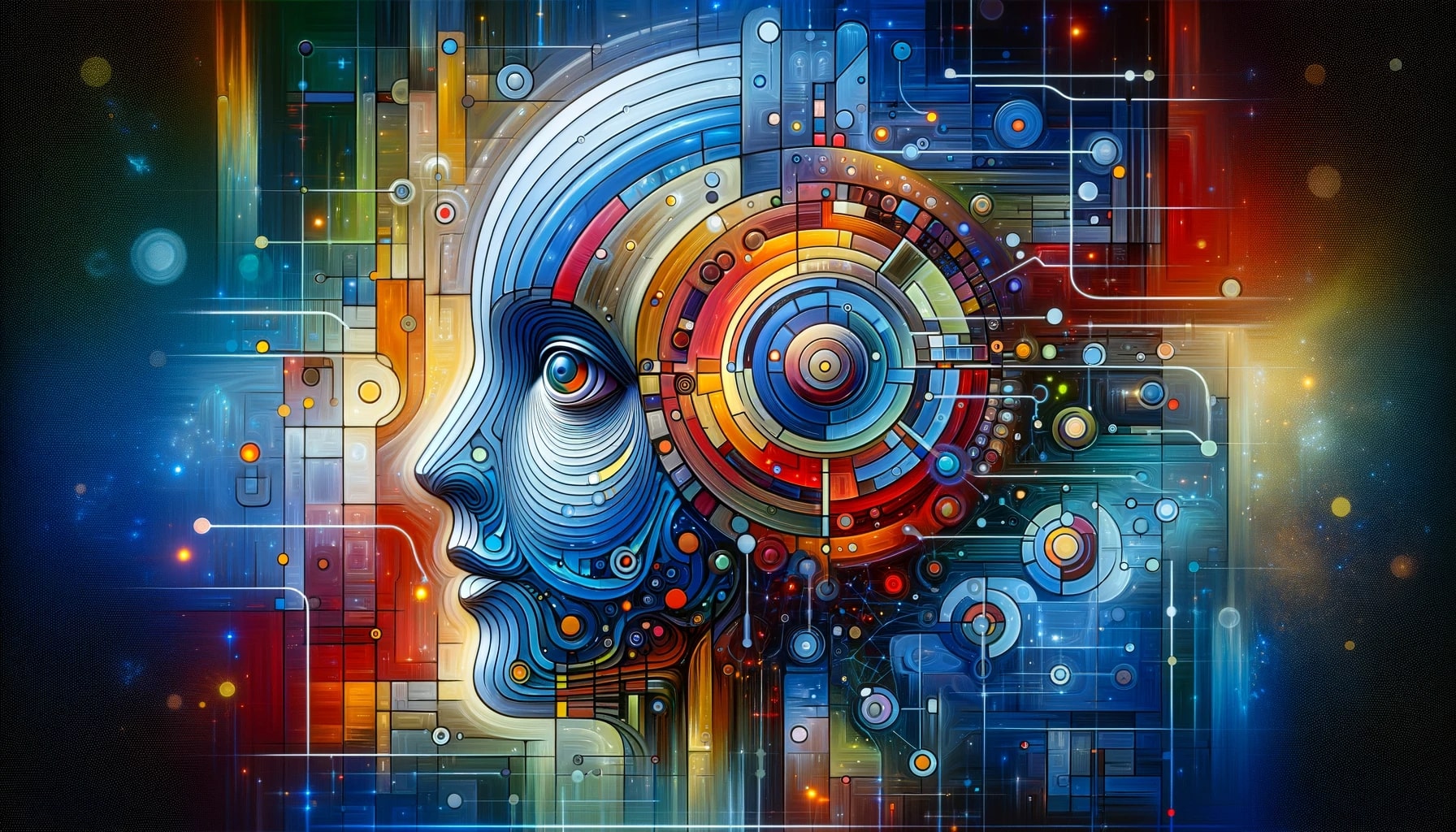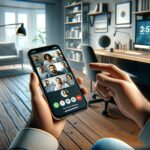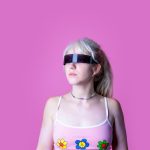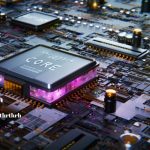As Valentine’s Day approaches, couples are finding innovative ways to express their bond through technology by crafting unique 3D images of themselves seated together. These images, perfect for social media or personal keepsakes, leverage the capabilities of artificial intelligence to bring textual descriptions to life with stunning visual accuracy.
Embracing AI for Personalized Art
The creation of these images is made possible by AI image generators such as DALL-E 3, Midjourney, and StarryAI. These platforms utilize expansive image databases and neural networks to interpret and create customized art from simple text inputs. The resulting artworks range from photorealistic representations to highly personalized depictions, reflecting the diverse creative visions of couples worldwide.
This trend highlights the expansive possibilities of AI in the realm of art, where even the most whimsical or unique ideas can be materialized visually. The following guide provides insights into how couples can harness this technology to create art pieces that capture their unique narratives and personalities.
Selecting the Right AI Image Generator
The first step in creating a 3D couple chair image is choosing the AI tool that best fits one’s artistic preferences and accessibility. Options range from DALL-E 3, known for realistic image generation but with a waitlist, to user-friendly, web-based platforms like StarryAI and Nightcafe, each with distinct styles and features.
After picking a tool, users must log in and familiarize themselves with the interface and functionalities. Platforms may require different approaches to access, with some integrated into other services such as Discord or ChatGPT Plus.
Composing the Perfect Prompt
A crucial aspect of generating an impressive couple chair 3D image is the construction of a detailed and descriptive prompt. This prompt should guide the AI in visualizing and creating an image that aligns with the couple’s vision, including elements like perspective, background, and the couple’s appearance.
Once the prompt is ready, the next steps involve inputting it into the chosen AI generator and refining the output. This may involve iterative generation and prompt tweaking to achieve the desired result. The final image can then be edited, watermarked, and prepared for presentation.










